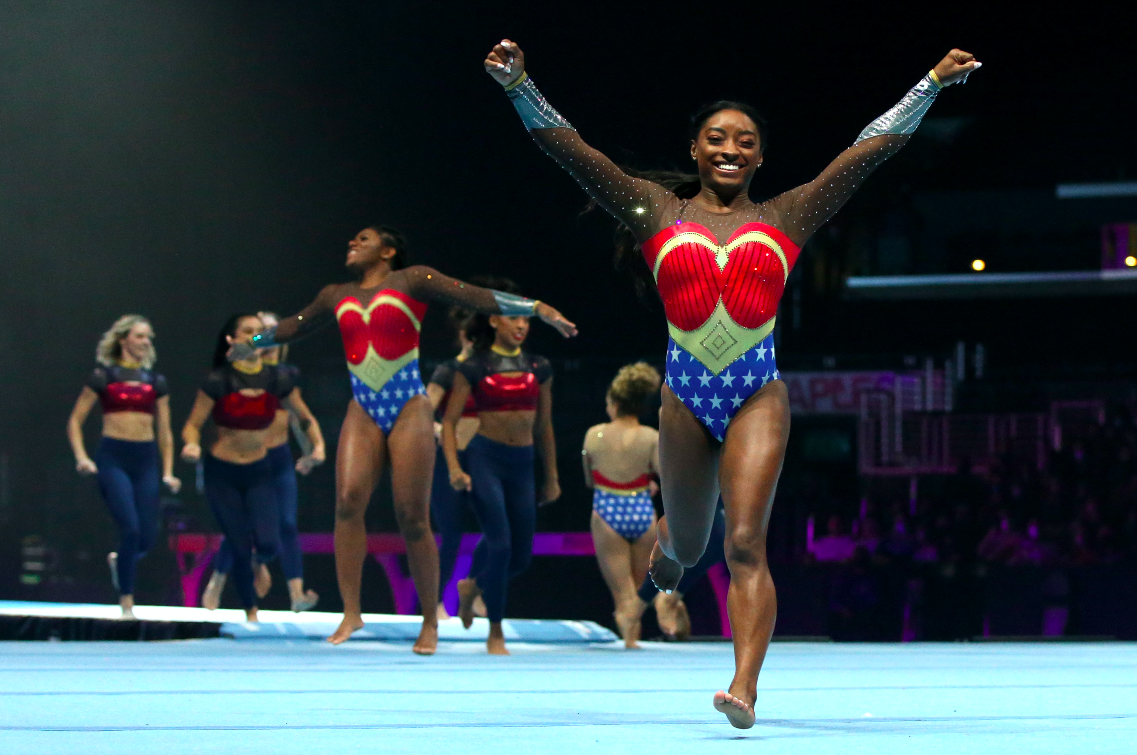Hollywood studios looking for projects to green light have canvassed video games, classic TV series’, remakes, novels, Japanese manga and classic comic books for material. 2 Guns and Kick Ass 2 don’t seem to have much in common besides the prime number in their titles.
However, before they were on the silver screen, both films leapt off the pages of graphic novels. In recent years, graphic novels have become a growing source of inspiration for films gracing the big screen. That’s understating it actually. Graphic novels are becoming the basis of life for most summer blockbusters.
Not only are graphic novels the new sources that directors draw from for original stories, but they’re often where Hollywood script writers search to find possible origins for darker, less campy and more emotionally complex depictions of comic book legends.
Graphic novels have been pulsating across the summer blockbuster landscape for years now. You probably just didn’t realize it. Will Smith owes the bank he’s made filming the Men In Black trilogy to the much darker 1997 graphic novel of the same name.
Delineating between graphic novels and comic books is difficult, but graphic novels tend to take on more mature subject matters than comic book themes. Take Kick Ass and Kick Ass 2 for instance. The cast may have the median age of a Disney TV movie, but the R rating snuffs out any illusions that the film is a Teen Titans rip-off.
While comic books are mostly written for a younger demographic, subject matter in graphic novels is significantly more mature. In recent years, Hollywood has run through the Marvel and DC lineups.
While the source material is similar, what differentiates the two films is the direction their respective directors take. Frank Miller –– the Stan Lee of graphic novels –– created Sin City and 300, while his gritty Batman: Year One and The Dark Knight Returns stories were inspirations for Christopher Nolan’s universe. Graphic novels can’t be placed in a box according to “Reading Comics: How Graphic Novels Work and What They Mean” author Douglas Folk.
As cartoonists and their longtime admirers are getting a little tired of explaining, comics are not a genre; they're a medium. Westerns, Regency romances, film noir: those are genres—kinds of stories with specific categories of subjects and conventions for their content and presentation. (Stories about superheroes are a genre, too.) Prose fiction, sculpture, video: those, like comics, are media—forms of expression that have few or no rules regarding their content other than the very broad ones imposed on them by their form.
Kick Ass’ Matthew Vaughn, a veteran of the comic book/graphic novel adaption game went all-in with the action and laid the groundwork for Jeff Wadlow's sequel. It was gory, violent, and the action was over-the-top.
Conversely, 2 Guns’ director, Baltasar Kormákur, a newbie to graphic novel adaptions took a more realistic route to his film’s action sets while remaining true to the original story and avoiding the pitfalls of adaptations.
“You cannot trust the material to speak for itself.” Kormákur told The Shadow League during a press junket roundtable. “I went back, brought the graphic novel and said is there anything here we’re missing. I found stuff that was good that I wanted to bring back in the script.”
A few years ago, graphic novels were deemed to be the ugly stepsister to comic book superheroes, but thanks to the modern cinema world, they’ve become a piece of classic Americana.



